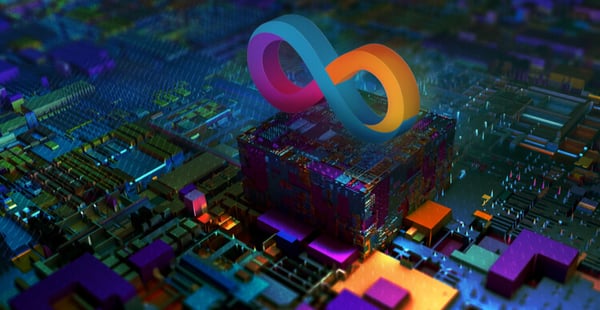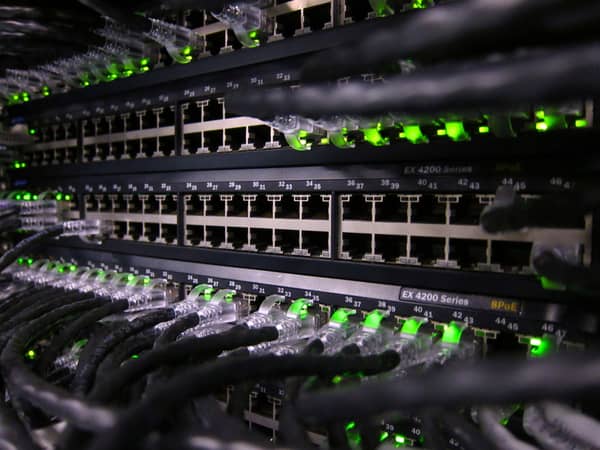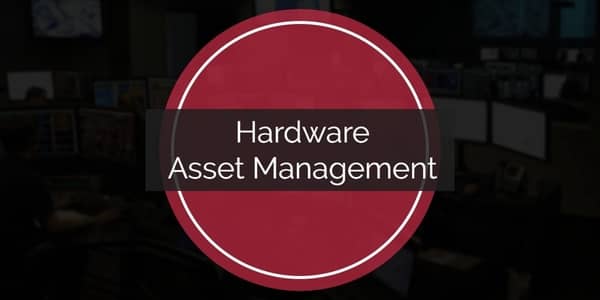
Challenges of Mixed Density Data Center Environments
June 23, 2021
What Is the Internet Computer (ICP)?
June 30, 2021There are a lot of moving parts and things to take care of when it comes to managing a business. One of these things is managing IT hardware. Under this umbrella is hardware lifecycle management, which is the all-inclusive method of managing the total useful life of IT hardware. IT hardware is expensive, therefore utilizing and maximizing the lifespan of your hardware is managing your company’s return on investment. Even buying the best hardware will eventually still need replacing. Knowing how to take care of your company’s hardware and knowing when to replace it can help your company save money.

What Is Hardware Lifecycle?
IT hardware lifecycle simply put is the life span of your IT equipment. As with most electronics, every piece of IT equipment has a projected and anticipated lifespan. After some time, the mechanisms wear away and will eventually give out. This can cause the entire system to crash. One can expect most network server hardware to have a life span of about three to five years. This is the same with enterprise-grade routers and other equipment. Other storage hardware will vary, but HDDs will similarly start to begin to fail after the five-year mark. This is because it’s operating almost nonstop at high capacity. So what are the best ways to manage the life span of your company’s IT hardware?
Steps to Managing the Lifecycle of IT Hardware
An all-encompassing plan is the groundwork to make the most of your IT hardware investment. The first step in planning is to evaluate the existing IT infrastructure. In this assessment stage, you should look out for any defects or any ways to improve the current infrastructure. After these issues and needs are recognized you should put together a basic plan. This can include a budget when the upgrades or replacement hardware needs to be done. Doing this can help maximize your current infrastructure.
After the IT hardware assessment and planning stage, the next step is to purchase (or lease) the new hardware itself. The evaluation and planning stage should give you a good sense of what kind of performance your business needs and a budget for the new IT hardware, but you should plan for your company’s future needs as well. Saving money in the short term may sound like a good idea, but your new hardware should allow for some growth and scalability. A good place to start is to ensure your company can grow for the next five years. Any more than this may result in lost resources.
The third step is to install the new system and make sure it is properly integrated with your current system. This deployment stage is crucial and could affect the way your new hardware and the entire system performs. This step is usually done in your private data center or a colocation data center. Using a trusted colocation provider is beneficial in this stage because they ensure the installation and deployment are done correctly. A colocation provider can also optimize the performance of your infrastructure and help you get the most out of your new hardware.

Even after you’ve successfully deployed the new hardware and properly integrated it with your system the job does not end here. Hardware maintenance is just as important and crucial to managing the life span of your equipment. Regularly checking to make sure everything is working properly and maintained is important. Colocation data centers can help set you up for success in this step. Management tools like predictive analytics may also help your company get a better insight into where the life span of your hardware is currently.
The fifth step is to make sure all of the software is updated. The performance of your infrastructure isn’t only reliant on your hardware. As a part of maintenance, you need to see make sure all of your software is compatible with your hardware and everything is up to date. Software updates often have bug fixes that can affect performance. Predictive analytics and keep you on a schedule of when you might need to update and even upgrade your system.
When the life span of your hardware is at its end, you will need to dispose of or recycle the equipment. All of these management steps can help prepare you and your company for the same process again. There are many benefits to understanding the lifecycle of IT hardware. Knowing when to replace your hardware can help your business avoid downtime. You will have fewer emergencies by staying on top of the hardware lifecycle.

How a Colocation Data Center Can Enhance IT Hardware Life Span
Following these management steps can prevent any surprises and help reduce unwanted downtime. An extra layer of assistance from a colocation provider may be the best way to get the most out of your IT infrastructure. A trusted colocation data center offers expert-level staff to help manage and optimize your hardware.
Colocation providers also offer the latest technology in data center security, cooling, and, power which is the best environment for IT hardware. Because your equipment is in the best possible environment, your hardware will last longer than a piece of equipment not managed by a professional team.
Conclusion
IT hardware is an investment that most businesses need to consider. Understanding that all equipment has a lifecycle and how to manage it will ensure your company doesn’t have any unexpected downtime, which can lead to a loss in business. Following these steps of assessment, planning, deployment, maintenance, and updating can guarantee you are getting making the most of your new IT hardware. This may sound like a lot of work, and it is, but a trusted colocation data center can simplify all of these steps and ensures you are getting the most out of your new IT equipment. If you are up for the challenge, your trusted colocation provider can still help with any of these steps along the way. Are you getting the most of your current IT infrastructure? When was the last time you assessed or performed maintenance on your equipment? If you are in the market for new hardware or a new colocation provider—contact Colocation America today.

